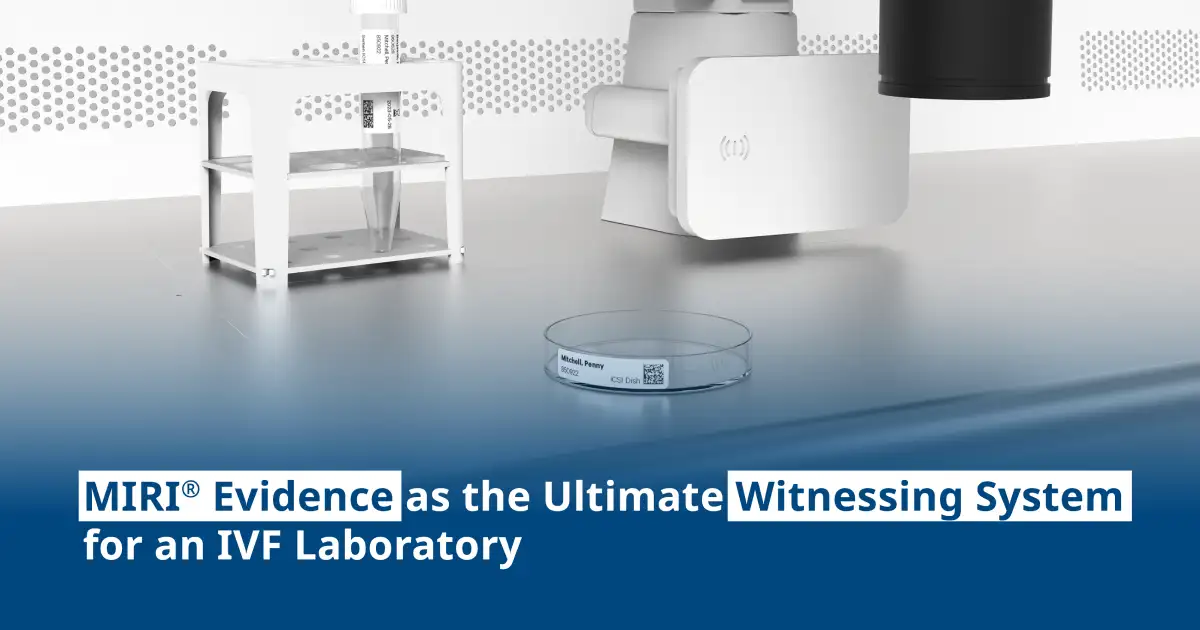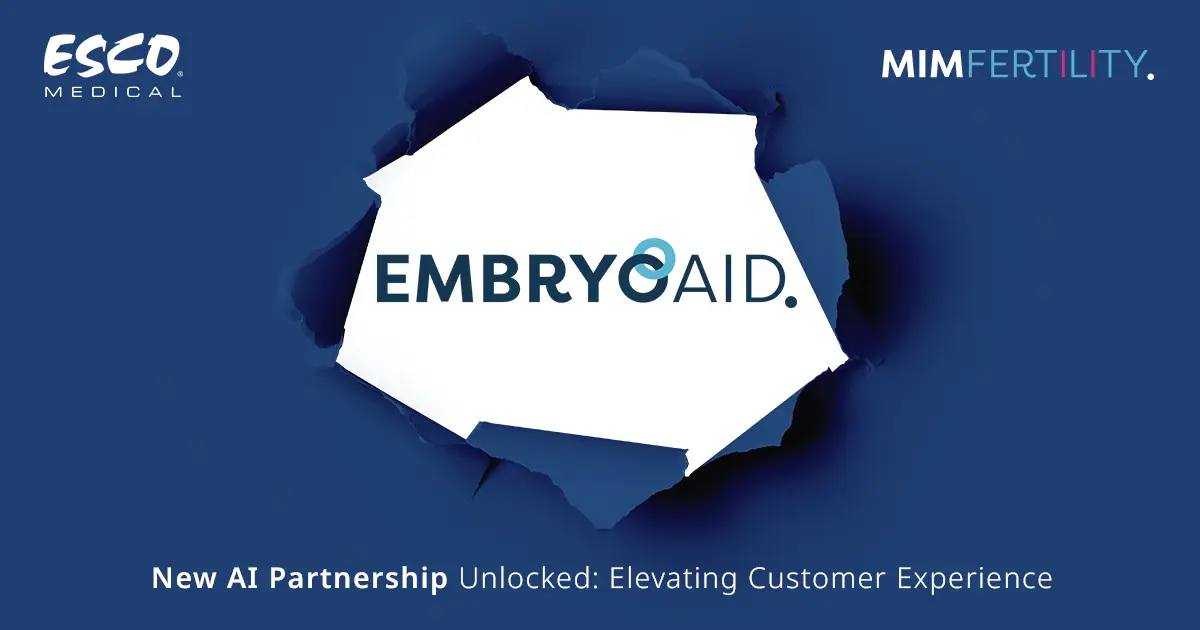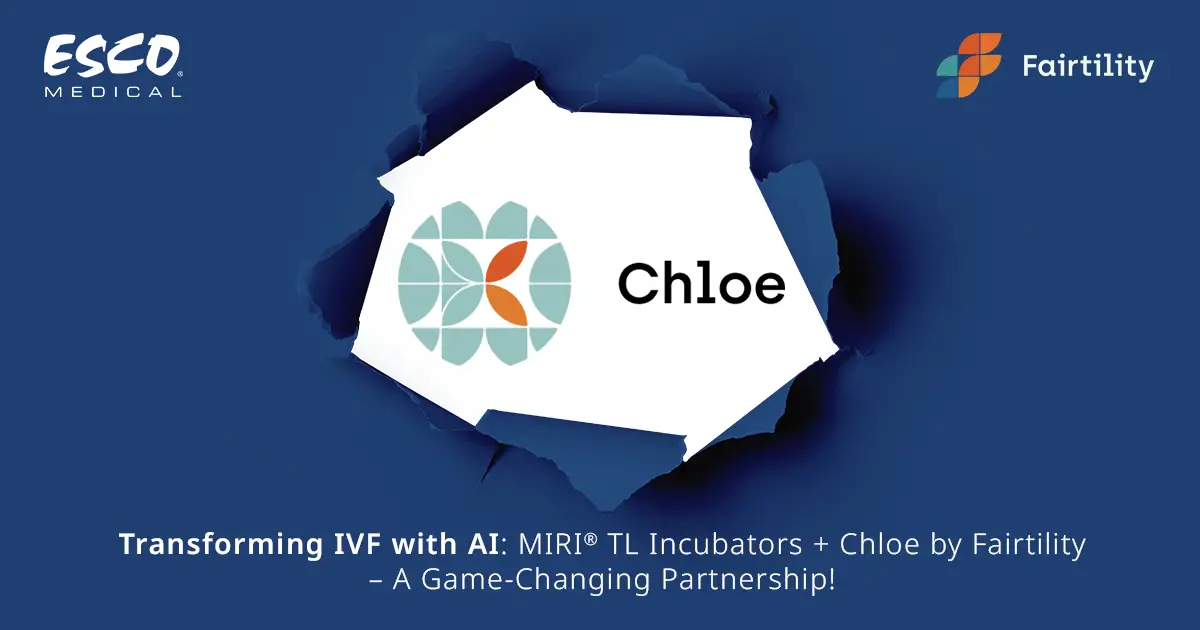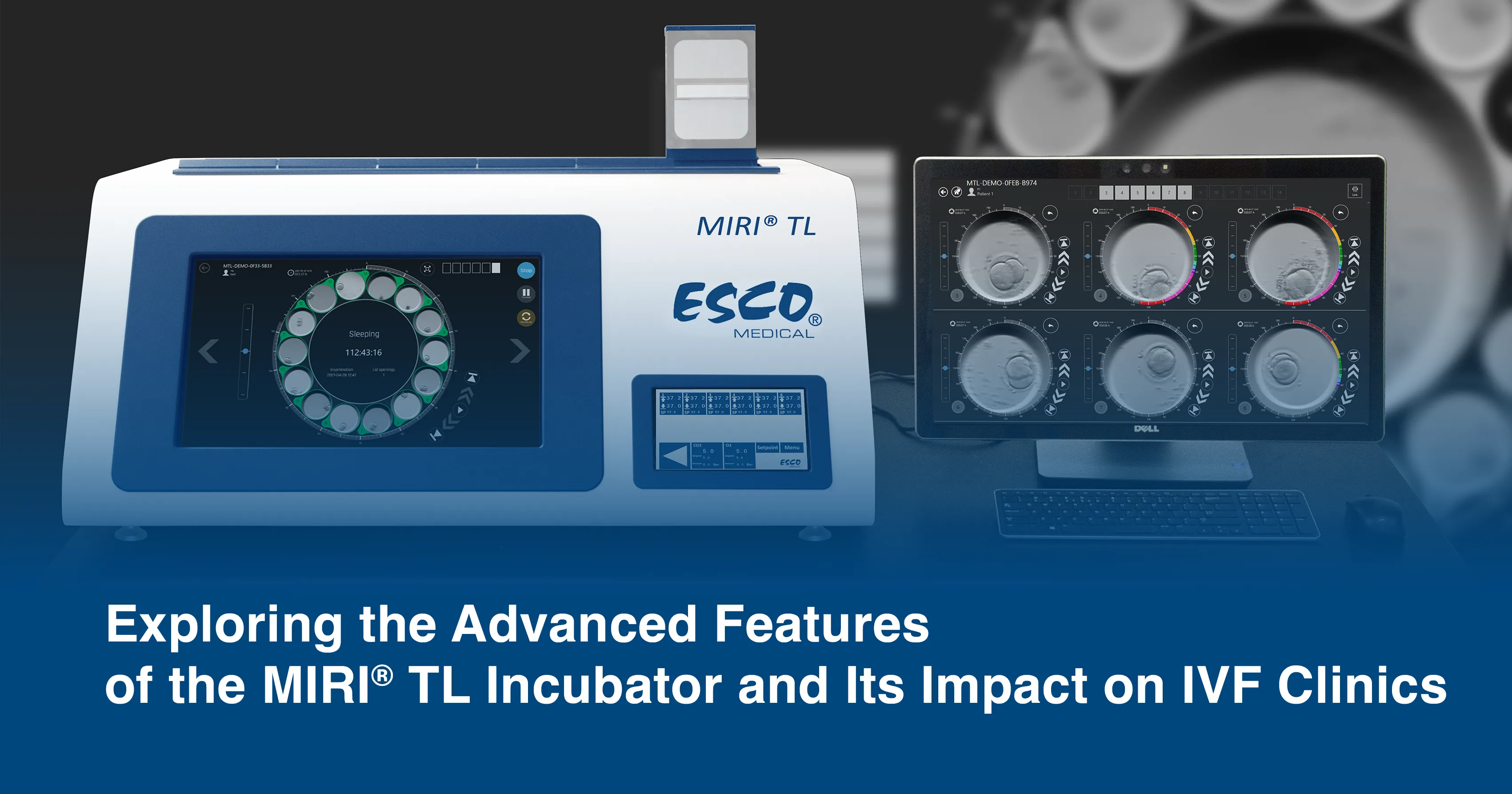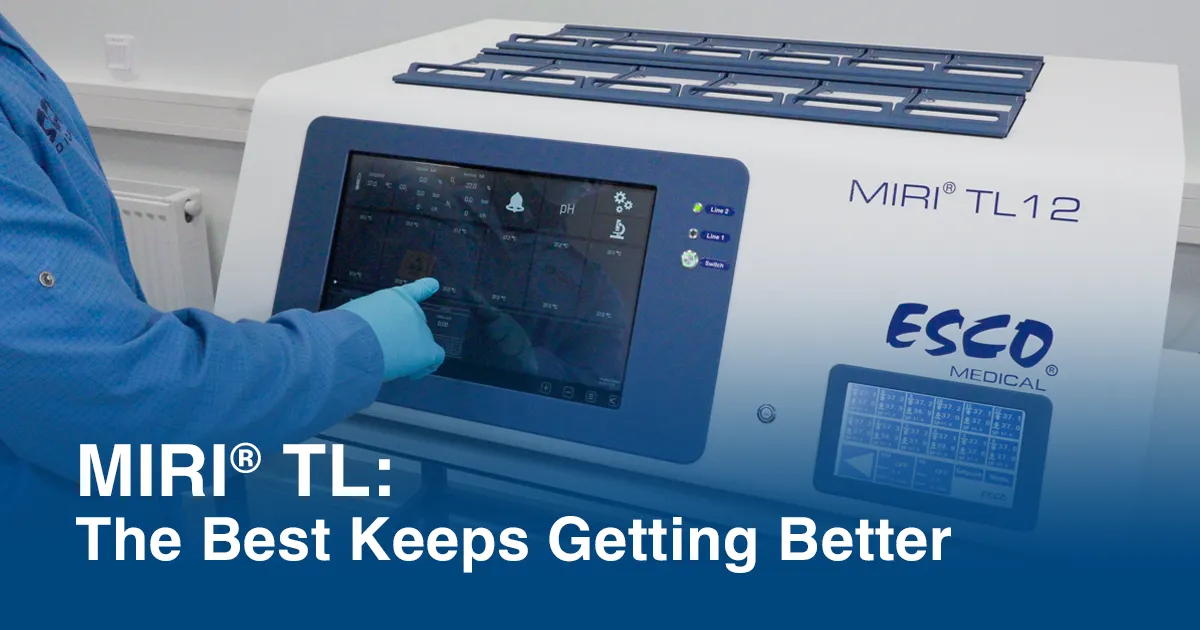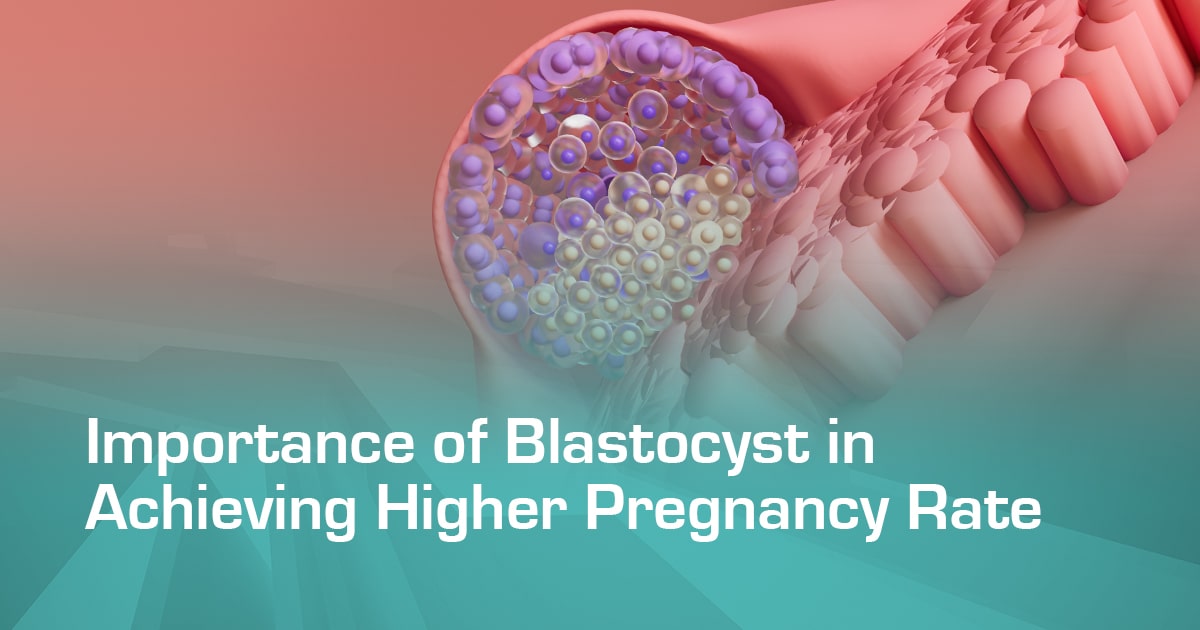
What Are Blastocysts Embryos?
In the IVF lab, fertilization occurs through conventional IVF (in vitro fertilization), or ICSI (Intra Cytoplasmic Sperm Injection) after egg retrieval. The resulting embryos are placed in an incubator for further development.
The stages of development are as follows:
- Day 0: Egg retrieval day (IVF or ICSI is performed after egg retrieval).
- Day 1: Pronuclear stage.
- Day 2: Two to four-cell stage.
- Day 3: Eight-cell stage.
- Day 4: Morula stage.
- Day 5 or 6: Blastocyst stage.
During the blastocyst stage, cells divide rapidly, forming the Inner Cell Mass (ICM) and Trophectoderm cells (TE). A mature blastocyst can contain up to 200 to 300 cells. The Inner Cell Mass (ICM), or embryoblast, is a crucial structure in the initial stages of embryonic development. It holds the potential to develop into the fetus's definitive structures. The inner cell mass formation occurs in the early phases of embryonic development before the embryo's implantation into the uterus's endometrium. Enveloping the ICM is the single layer of trophoblast cells forming the trophectoderm.
Trophectoderm cells (TE), are a layer of epithelial cells that covers the blastocele and will give rise to the extra-embryonic tissues (placenta and amniotic membranes).
When employing Intra Cytoplasmic Sperm Injection (ICSI) and Pre-Implantation Genetic Testing (PGT), a procedure known as trophectoderm biopsy may be conducted to assess the embryos' DNA to determine the suitability of an embryo transfer. In this process, a subset of trophectoderm cells is extracted, while the remaining part of the embryo is cryopreserved. The extracted cells are then sent to a genetic laboratory, where their chromosome count or karyotypes are analysed. This analysis offers insights into the genetic composition of the developing embryos, enabling the selection of a balanced or healthy embryo for transfer.
How can Blastocyst rate be achieved?
- Culture media: The introduction of sequential culture media that considers the embryo's changing metabolic requirement as it develops from the zygote to the blastocyst stage allows extended culture.
- Incubator: Incubators control the environmental variables which affect embryo development and act as potential stressors, namely temperature, pH of the culture medium, medium osmolality, and air quality, which are regulated by gas concentrations, temperature, and humidity.
Using a bench-top incubator in the IVF Clinics has improved the embryo culture environment, and potentially better results have been noted.
Many factors play a significant role in assisted reproductive technology cycle outcomes.
While transferring a euploid embryo is an essential element, it's only a part of a multifaceted process that involves several crucial steps. The culture environment and the various actions performed on the embryo in the lab also contribute to its reproductive potential. Environmental stressors, from culture media to conditions and platforms, can influence biochemical, metabolic, and epigenetic patterns that affect the embryo's development, regardless of its chromosome count.
What are the benefits of Blastocyst transfer?
Advances in the dynamics of embryo culture allow us to culture embryos to the blastocyst stage. When an embryo reaches the blastocyst stage 120 hours after fertilization, a complete trophoblast surrounds an expanded fluid-filled chamber, and it has a tight lateral cell mass; it is typically regarded as good quality.
Patients with PCOS and several embryos eligible for transfer might particularly benefit from prolonged culture to select embryos with morphologically ‘good’ embryos, with few or no anucleate fragments, are prone to have higher implantation rates and success of IVF treatment.
The vitrification procedure has been optimized to maximize the likelihood of freezing during the blastocyst stage. There is better physiological synchronization between the embryo and the endometrium since the embryo typically enters the birth canal at this point. Additionally, embryo implantation is preferred because there are fewer uterine contractions during the transfer.
What function does the blastocyst serve?
The development of the embryo and fetus depends significantly on the blastocyst stage. If the embryo sac doesn't implant in a woman's endometrium, pregnancy won't happen. The hormone triggers the hatching process, which is required for implantation. The blastocyst loses its transparent outer membrane. The eggs will begin to hatch one to three days after the blastocyst.
The blastocyst's outer layer and the endometrium's external layer fuse. They excrete L-selectin, a gooey protein that interacts with their endometrium constituents. These extracellular cells eventually give rise to the fetus. An inner layer of blastocyst cells is implanted deeper into their endometrium. These cells mature into the placenta, which feeds and nourishes the growing fetus—a portion of the amniotic sac's placental cells. Amniotic fluid is the name for the transparent, insulating fluid that surrounds the growing fetus.
Why does the blastocyst matter so much in IVF?
Enabling embryos to mature from Day 3 (cleavage stage) to Day 5/6 (blastocyst) permits the selection of embryos with the highest potential for success. The primary advantage of adopting blastocyst stage embryo culture for patients lies in the diminished necessity for embryo transfer. This is due to the greater likelihood of implantation success with day five embryos than with day three. This reduction in transferred embryos diminishes the risk of twin or triplet pregnancies, reducing associated hazards for both mother and child. Furthermore, embryos progressing to the blastocyst stage exhibit fewer chromosomal errors, increasing the likelihood of a healthy infant.
Medical professionals assess and grade blastocysts during IVF to identify which embryos have the best potential to become pregnant. The Doctors / Embryologists can grade blastocysts based on cell maturity, shape, density, and quantity.
Can blastocysts lead to a miscarriage?
The blastocyst contains chromosomes. If a chromosomal abnormality exists, such as an extra chromosome or a duplicated or deleted chromosome, the blastocyst will not commonly implant into the endometrium leading to implantation failure, which can lead to an early miscarriage as early as five weeks, often called a "chemical pregnancy."
Suppose the blastocyst having abnormal chromosome patterns implants and the pregnancy is successful. In that case, the baby is always likely to have a chromosomal disorder such as Down, Klinefelter, or Turner syndrome. In such cases, biopsies can be conducted for the Day-5 Blastocyst embryos.
Several improvements have been introduced to enhance the quality of the embryos produced during in vitro fertilization and, eventually, the clinical results of assisted reproductive technology (ART). These strategies include better air quality inside the lab to ensure VOC-free air, the use of a tri-gas incubator and devices and plastics that have been tested on embryos, adequate control of the pH and osmolarity of culture media, and strict quality control that enables sufficient development of the embryos up until blastocyst stage.
Edited by: Sindhoora Rao
